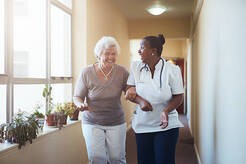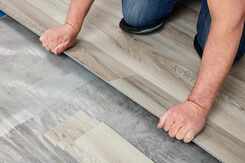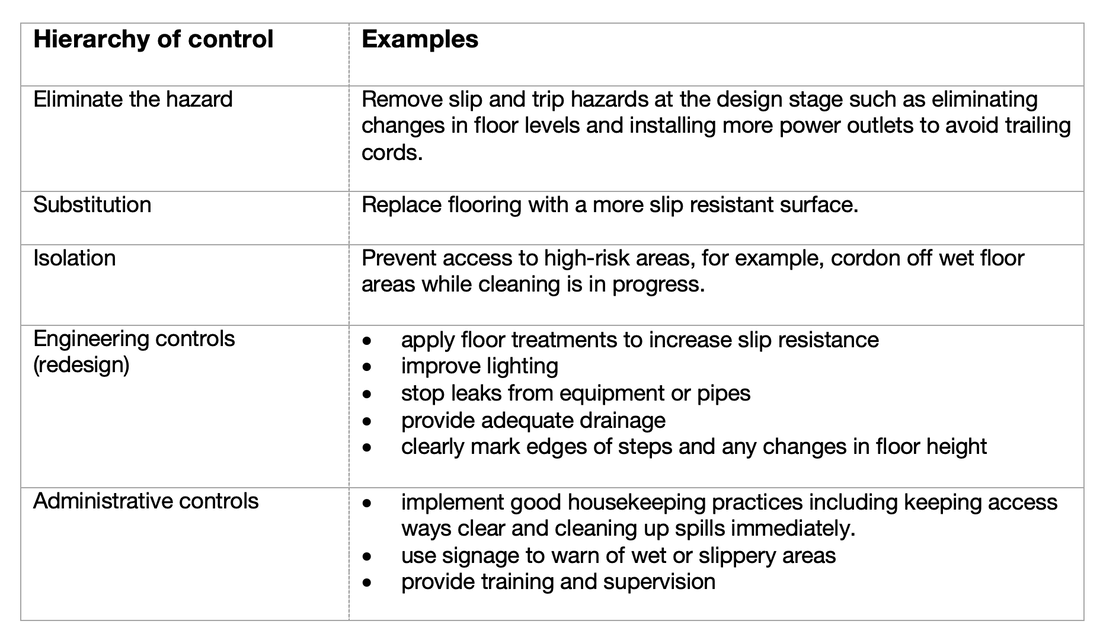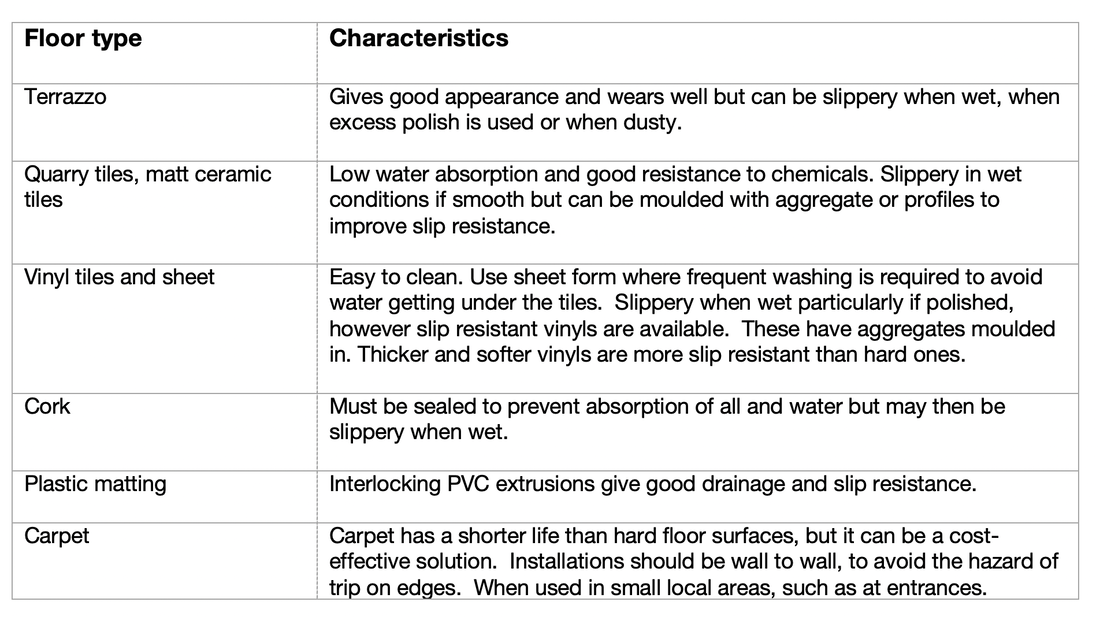|
How flooring design contributes to healthy supportive aged-care environments ‘Safety isn’t expensive, it’s priceless” - Anon Aged Care NZ Issue 01 2022 .  Slips and falls lead to thousands of injuries in New Zealand every year, with flooring surfaces playing a major part in many of these incidents. Assessing the risks and choosing flooring products that are slip-resistant and suitable for each application is therefore paramount for the designer and management team as it ensures the safety of users and a reduction to the risk level and likelihood of litigation. When it comes to choosing products to be part of an aged care facility, the right products ensure a better, safer and cleaner environment for all who utilise the facility. Flooring contributes to the design of healthcare facilities in a multitude of ways, contributing aesthetically to the overall look and feel of a facility, providing comfort for patients and staff, and working as a way-finding tool to designate areas. At the same time, the flooring palette has to take into account the demands of each space. The best way to approach these design areas is to decide on a style, such as a clinical or relaxed environment, and research colour trends and how colours affect emotion especially within mental health. Designers need to consider the lifestyle, the overall feel required in the project, research products that are fit for purpose and that will provide sustainable slip resistance where required, the abrasion level of the flooring and wear layers, the ease of cleaning and ongoing cleaning and maintenance costs. Ultimately a product is usually selected based on whether it is ‘fit for purpose’ or not. Surfaces with a raised profile or heavy texturing, for example, should not be used in areas where wheeled traffic is expected, but it is recommended for floor safety in areas such as central kitchens and wet areas. From floors that stand up to frequent spills, to an option that is adhesive-free, flooring products should be thoroughly tested to ensure that they meet the needs of different spaces in a healthcare or aged care project.  Slips and trips Slips occur when a person’s foot lose traction with the ground surface due to wearing inappropriate footwear or when walking on slippery floor surfaces such as those that are highly polished, wet or greasy. Trips occur when a person unexpectedly catches their foot on an object or surface. In most cases people trip on low obstacles that are not easily noticed such as uneven edges in flooring, loose mats, opened drawers, untidy tools or cables from electrical equipment. Falls can result from a slip or trip but many also occur during falls from low heights such as steps, stairs and curbs or from an uneven surface in the flooring. Selecting control measures – design of facilities The best way to eliminate slips and trips is to build and design facilities with safety in mind. The following should be considered during the floor design stage:
The role of PCBUs PCBUs must manage the health and safety risks associated with slips and trips by eliminating the risk so far as is reasonably practicable, and if that is not reasonably practicable, minimising the risk so far as is reasonably practicable. This involves a systematic approach to:
There are various ways to control the risk of slips and trips, listed below in order of their effectiveness (known as the hierarchy of control). More than one control measure may be needed to provide the best protection. Identifying slip and trip hazards Common slip hazards include:
Common trip hazards include:
Controlling the risks of slipping Floor treatments that improve slip resistance are those that increase the surface roughness of the flooring. The main floor treatments are sand blasting or grinding, chemical etching, coating with resins and using floor mats or adhesive anti-slip strips. Examples of different floor types that may be suitable in an aged care setting include: In addition to ensuring the best flooring options, when selecting and purchasing footwear – both for residents and staff – consider whether it has good slip resistant properties, in addition to any other required safety features. For example:
Carers and staff in aged care environments, both at aged care facilities and in homecare situations, owe a duty of care to the individuals under their care. This means that choosing a safe flooring solution is an important consideration when designing a building in aged care environments. When it comes to choosing products to be part of a hospital facility or an aged care facility, the right products are going to ensure a better, safer and cleaner environment for all who utilise the facility. Comments are closed.
|
AuthorShonagh O'Hagan Archives
July 2024
|



 RSS Feed
RSS Feed